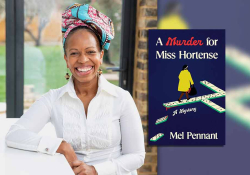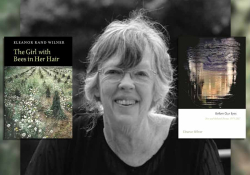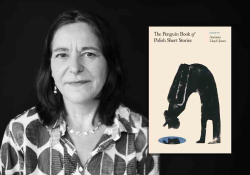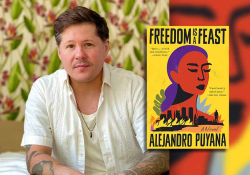Festival Five with NSK Juror Cynthia Weill
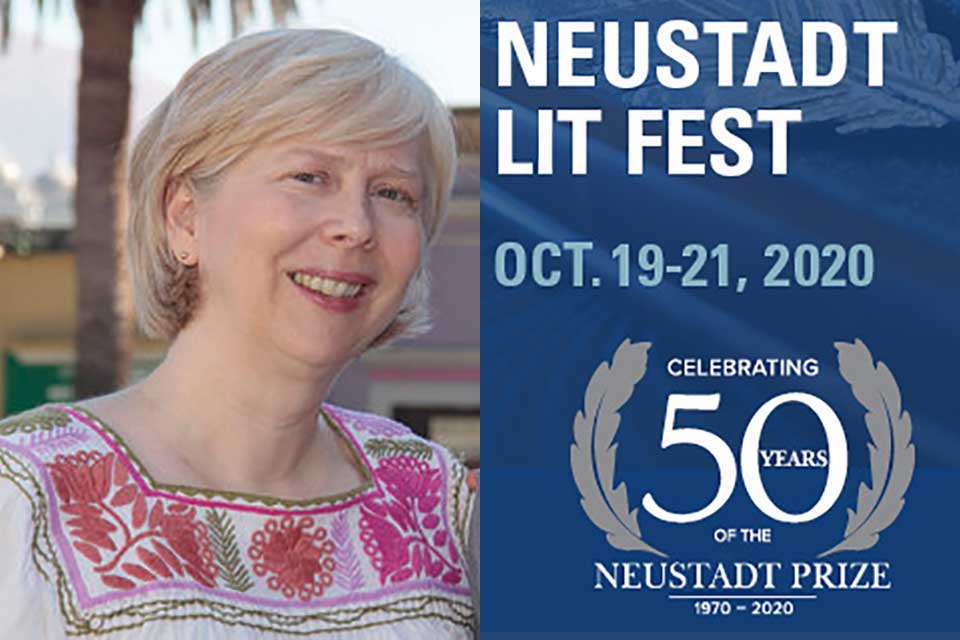
Cynthia Weill is director of the Center for Children’s Literature at the Bank Street College of Education. She is trained as an art historian and has worked as an educator and in humanitarian assistance. She holds a doctorate from Teachers College, Columbia University. She completed her dissertation work in Oaxaca, Mexico, where she worked closely with artisans to collaboratively develop a series of bilingual children’s books. Her publications include Ten Mice for Tet (Chronicle) and the First Concepts in Mexican Folk Art Series (Cinco Puntos Press) as well as academic articles on education and the arts.
In addition to serving as a juror for the 2021 NSK Neustadt Prize for Children’s Literature, Weill will participate in the Readings and Book Giveaways by the 2021 NSK Prize Jury event.
Q: What was your first favorite book, the book that made you a reader?
A: My favorite book was From the Mixed-Up Files of Mrs. Basil E. Frankweiler. I read it over and over again as a kid. The book had everything: museums, mystery, mischief, an escape to New York City. Growing up in rural Connecticut, I found it enthralling.
Q: What is the best book-receiving experience you’ve had?
A: I love it when author friends give me their books. Each one is a treasure.
Q: From among your (likely) tall to-be-read stack, which book or two are you absolutely determined to read soon and why?
A: Efrén Divided, by Ernesto Cisneros, and The Land of the Cranes, by Aida Salazar. I spend lots of time in Mexico and in general love anything with a Latinx theme.
Q: What is the book you most often gift children and why?
A: We Don’t Eat Our Classmates, by Ryan T. Higgins. Dinosaur Penelope can’t stop swallowing her delicious human fellow students. One day she gets a taste of her own medicine and realizes she’s not at the top of the food chain.
The book in a very fun way teaches empathy. Great for opening a discussion when children are going through a biting phase. The text and illustrations are wonderful. Parents don’t mind reading it again and again either.
And Where’s Walrus, by Stephen Savage. Walrus is a beautiful, wordless picture book about a walrus bored with life at the zoo. When he escapes, he is pursued by the zookeeper but outwits him by becoming a master of disguise. The illustrations are so engaging. It is a book I often gift to people in other countries as it works in any language.
Q: You helped develop a series of bilingual children’s books. What are a few of your favorites?
A: My favorite in the series is Animal Talk: Mexican Folk Art Animal Sounds in English and Spanish. It took two years for a family in Oaxaca to hand-carve and paint each of the thirty figures in the book. Since we spent so much time together, I developed a close relationship with the artisans and their children. I’m still invited to all of the family functions.
I am also working on another one called Vámonos: Mexican Folk Art Transport in English and Spanish. Little animals take different vehicles to the library. The folk art pieces are adorable and, although a board book, there is a little message at the end.




